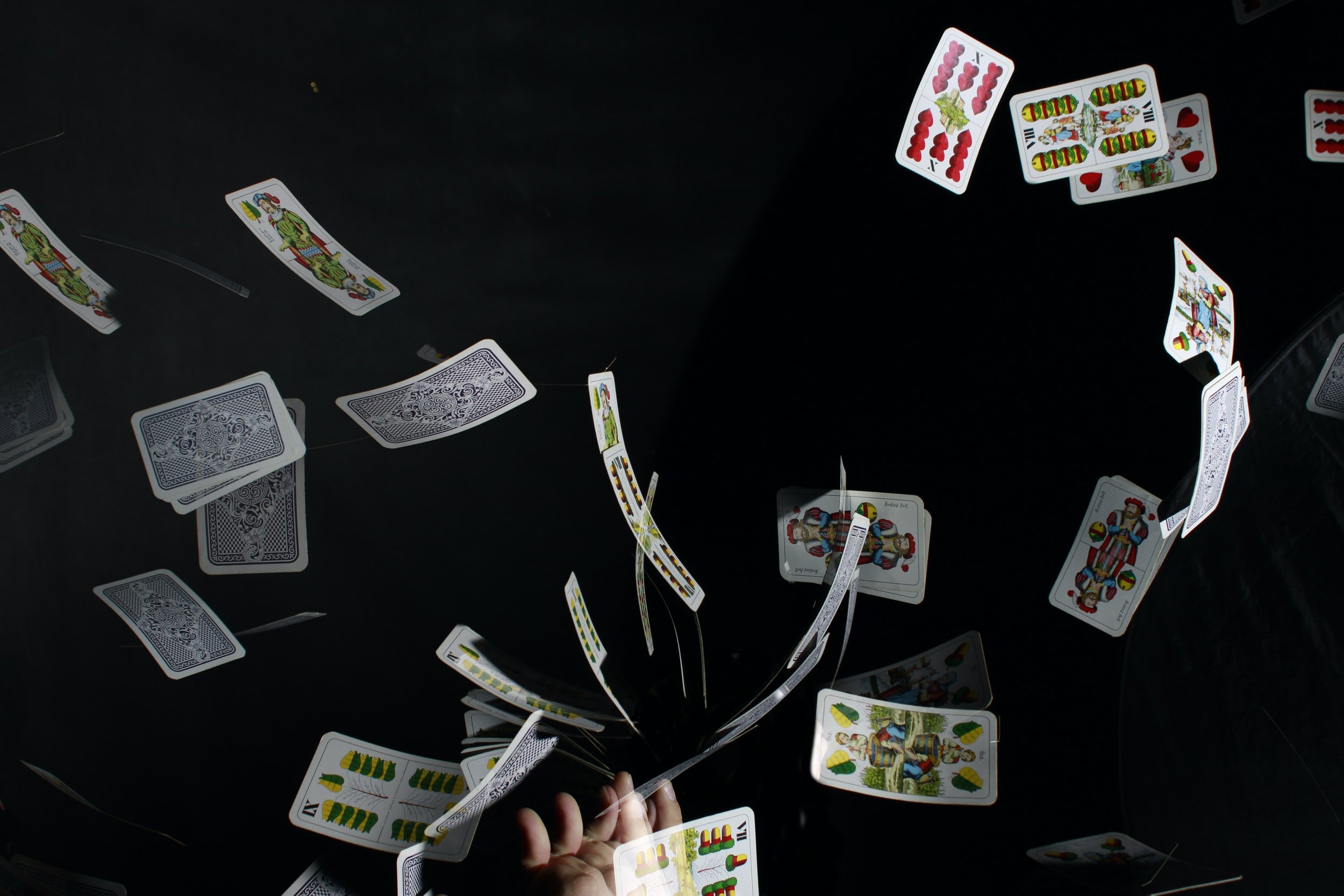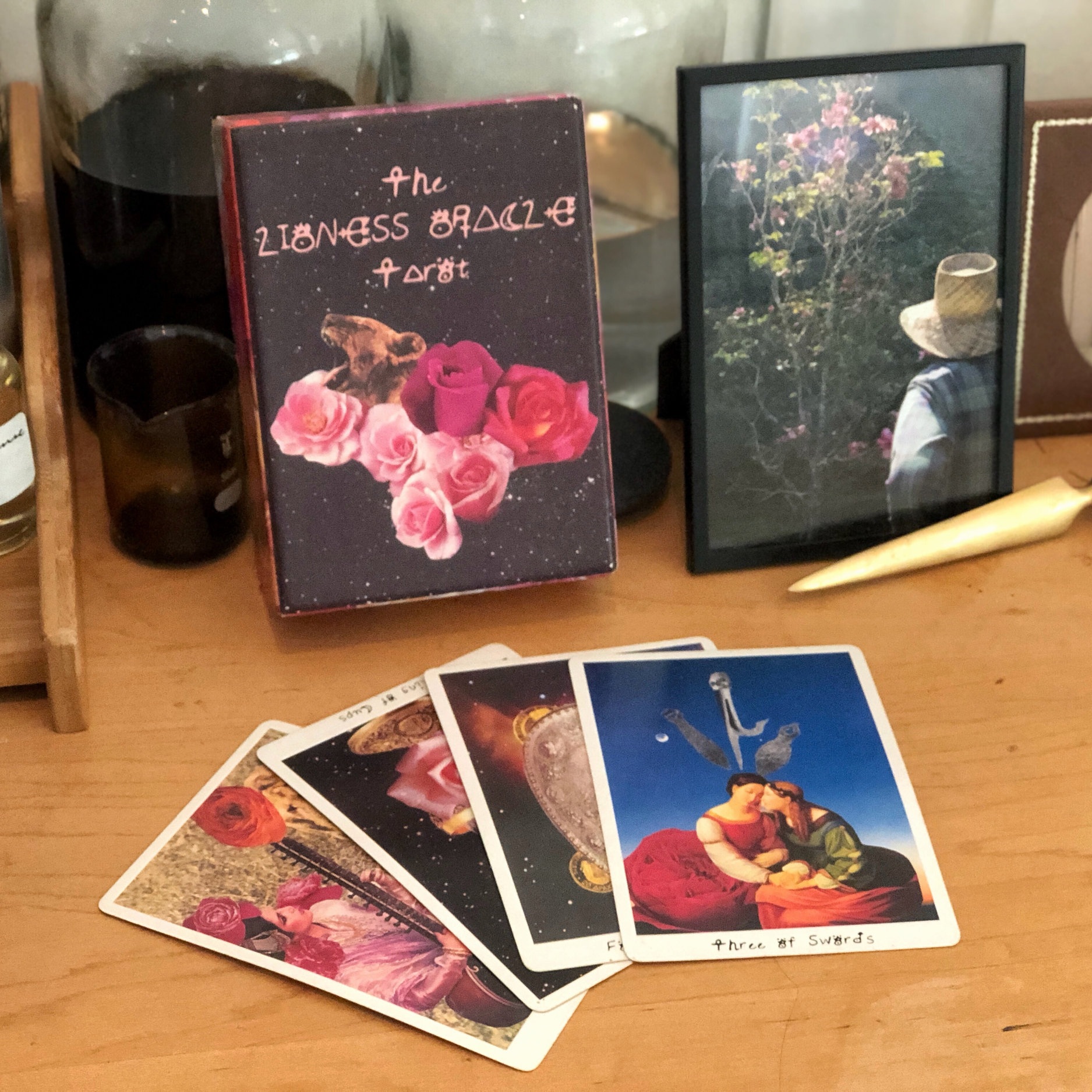Getting to Know the Major Arcana: The Fool's Journey
We're all familiar with the Death card, The Lovers, The Devil... the major arcana tap into the subconscious rapidly with their archetypal imagery. It's no surprise then that these are the cards that make tarot, well, the tarot.
Even if you have no working knowledge of the tarot you can already sense the importance of this group of cards. The majors point to large events and the deep transformation that we undertake as we travel through life. They're the stages of our personal development, our role-models, hang-ups, and challenges.
Starting with card zero, The Fool, the majors chart a journey of self-discovery known aptly as "the Fool's journey." As the main character of the major arcana so to speak, The Fool travels through each of the remaining 21 cards, experiencing each one and assimilating their lessons. Once he reaches the end he doesn't rest, however. He simply begins again, continuing to interact with each card on a higher level. The Fool's journey is never truly over just as we never truly stop growing.
Explore Major Arcana Card Meanings
We can divide The Fool's journey into three stages with seven cards each.
Stage one, from The Magicians to The Chariot, represents our social self.
This is the time when we experiment with identity and our relationships with others, navigating our power (The Magician) the pros and cons of structure (The Emperor), our connection with sensuality and relationships (The Empress) and our intution (The High Priestess.) This is a time where we interact deeply with the archetypes of the mother, father, lover, emperor, priest, and priestess, among others.
The guiding questions are "who am I?" and "how do I fit into the world?"
Stage two, from Strength to Temperance, opens things up to a moral realm where we must confront how our actions influence others.
Here we grapple with ethics and difficult questions. Our ideas and values are put to the test and we try out different ways of being - solitude, risk-taking, self-control, and surrendering control.
Key questions during this phase are "What do I believe in?" and "How do I want to be in the world?"
Stage three, from The Devil to The World, opens things up to a cosmic scale.
These cards see us dealing with our spritual identity as we figure out our place in the universe. Yes, it's deep stuff! Our lessons become grander and the boundaries and challenges less clearly defined. We learn to listen to our inner clarion call as well as to follow our spiritual path in whatever form it takes. Dealing with temptation (The Devil) and dramatic misfortune (The Tower) allows us to heal ourselves and amplify our powers on our path towards opening up fully to life (The World.)
Important questions during this time are "What is my greater purpose?" and "How do I open up to the universe?"
We can use the Fool's Journey as a helpful tool for reading majors when they pop up in our spreads. Simply put you our your querent in The Fool's shoes. Note which cards have apeared - they represent stages of the Fool's Journey you or your querent is experiencing. It's a beautiful way of looking at the dance of changes we undertake in our lives and a helpful way to engage with the power of the major arcana. How has The Fool's jounrey inspired and aided your experience with tarot? Please share in the coments below...











It’s so easy to get serious when reading tarot. With cards like The Tower, The Hermit, and the Ten of Swords, who could blame you for painting sweeping pictures, waxing poetic about existential dilemmas, and focusing on the mythic in the mundane? I’ve noticed, however, that sticking to these areas when reading can lead to burnout, not to mention a limited understanding of the cards. If everything is epic, how can you go to the cards to understand smaller issues like daily decisions, exciting and low-stakes choices, or even open-ended explorations of themes?